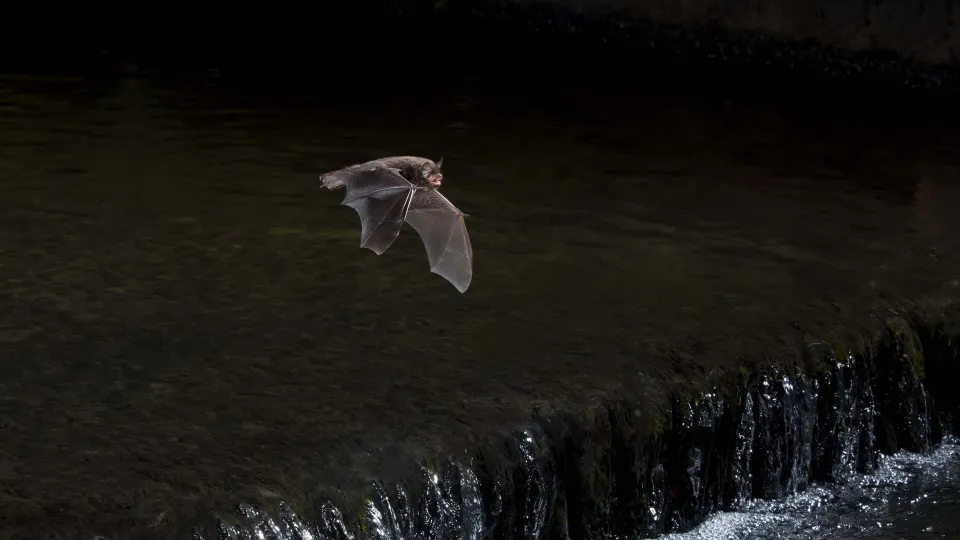
Daubenton's bat
Look out for the Daubenton's bat foraging over wetlands across the UK at twilight. Its flight is fast and agile as it skims the water's surface for insect-prey.

Look out for the Daubenton's bat foraging over wetlands across the UK at twilight. Its flight is fast and agile as it skims the water's surface for insect-prey.
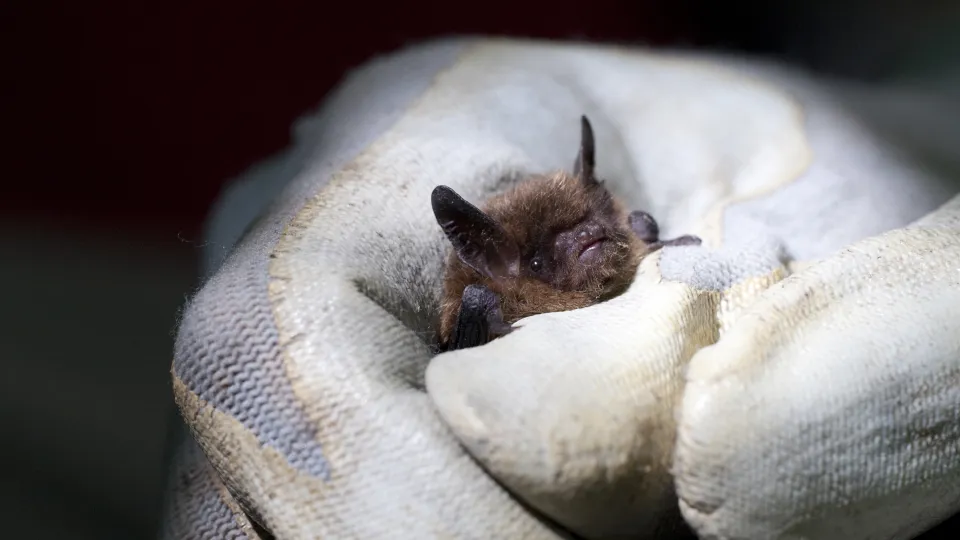
The small, shaggy-furred Brandt's bat roosts in all sorts of houses, old or modern. It is similar to the whiskered bat and they often roost together, but in separate colonies. It feeds low to the ground in woodland and near water.
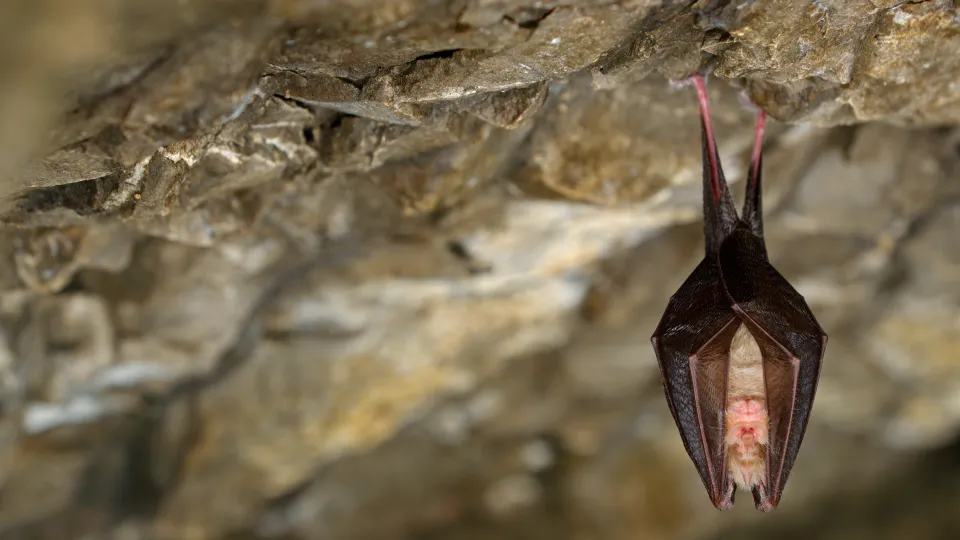
The lesser horseshoe bat was once a cave-dweller, but now tends to roost in old buildings, such as stables and barns. It is rare in the UK and, like many other bats, declining in number.
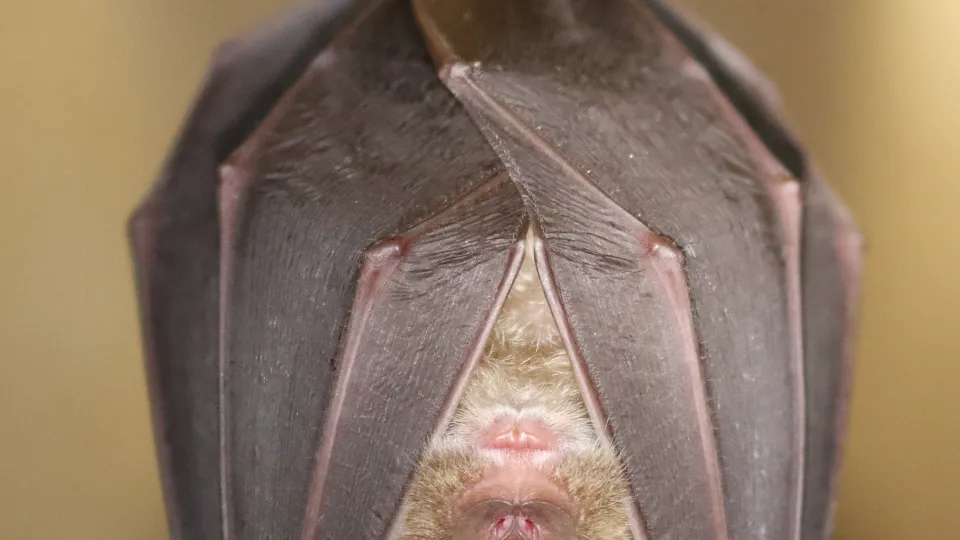
The greater horseshoe bat was once a cave-dweller, but now tends to roost in old buildings, such as churches and barns. It is rare in the UK and, like many other bats, declining in number.
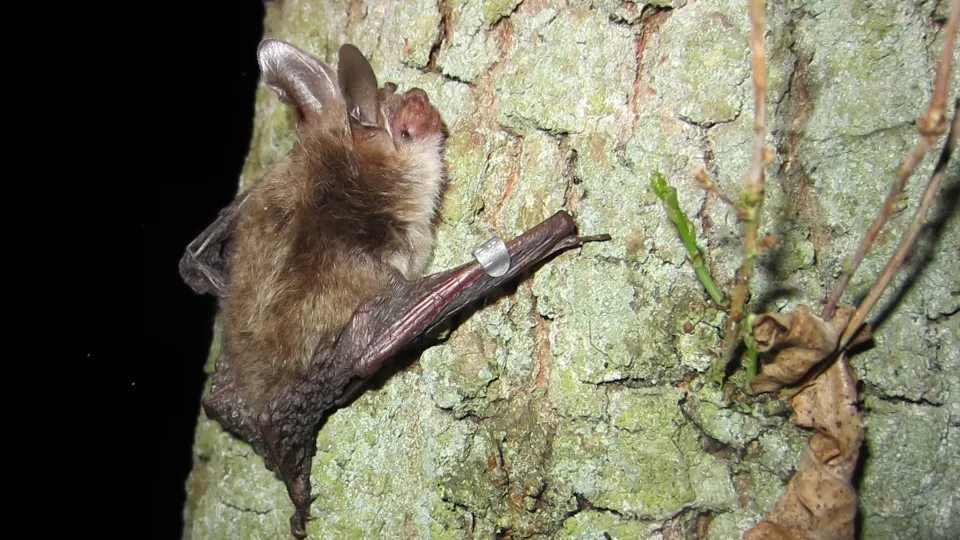
The Bechstein's bat is a very rare bat that lives in woodland and roosts in old woodpecker holes or tree crevices. Like other bats, the females form 'maternity colonies' to have their pups.
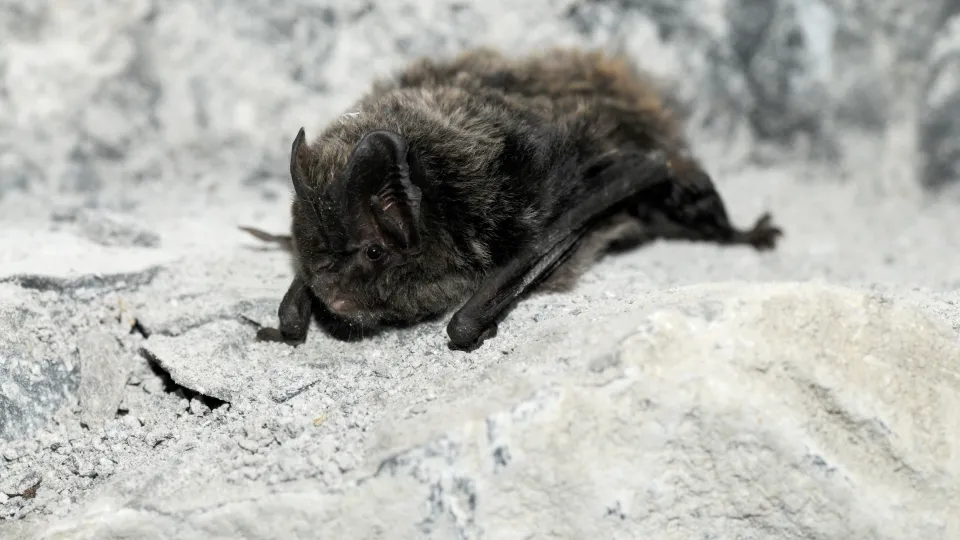
The barbastelle is a scarce bat that lives in woodland and forages over a wide area. It has a distinctive 'pug-like' appearance because of its upturned nose.
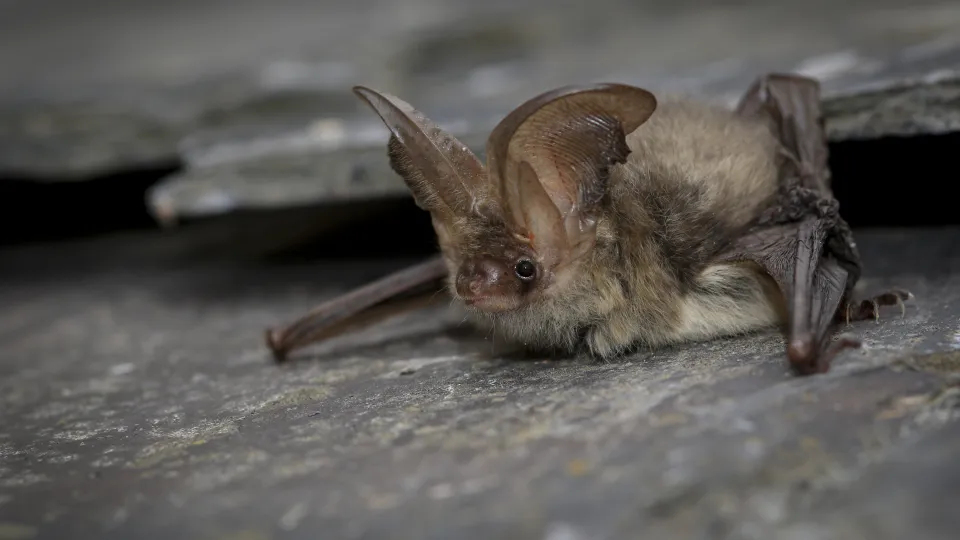
The brown long-eared bat certainly lives up to its name: its ears are nearly as long as its body! Look out for it feeding along hedgerows, and in gardens and woodland.
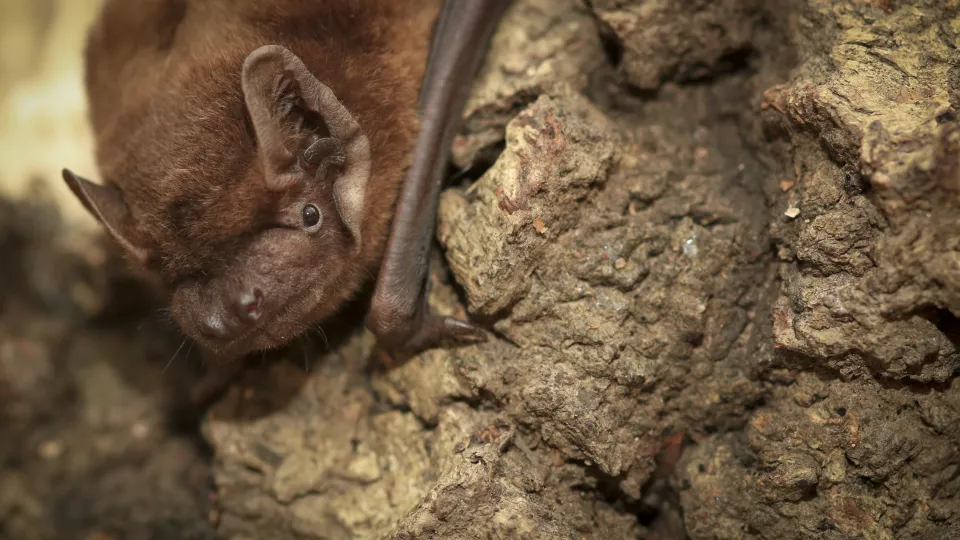
Our largest bat, the noctule roosts in trees and can be seen flying over the canopy in search of insect-prey, such as cockchafers. Like other bats, it hibernates over winter.
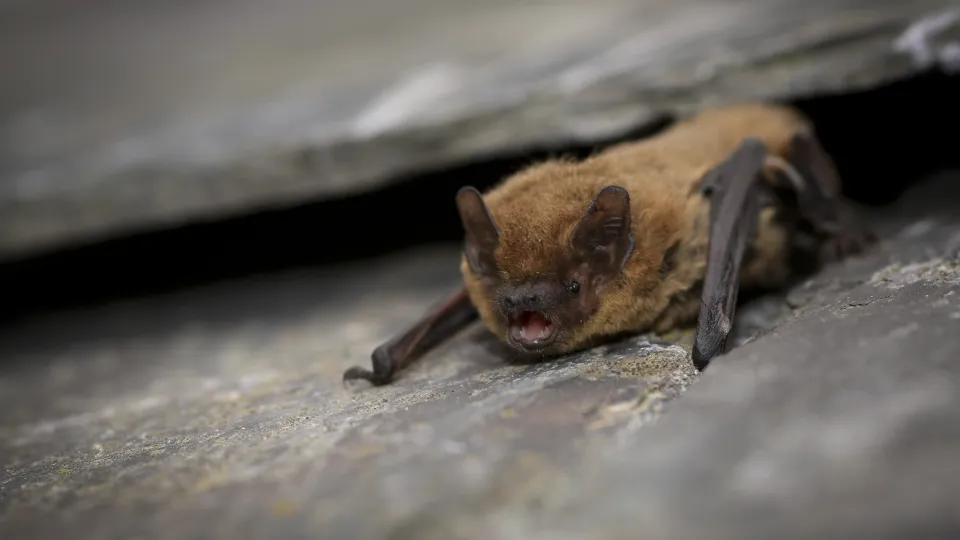
The common pipistrelle is so small, it can fit into a matchbox! Despite its size, it can easily eat 3,000 insects a night: look for it flitting around the garden or a lit lamp post as it chases its prey.
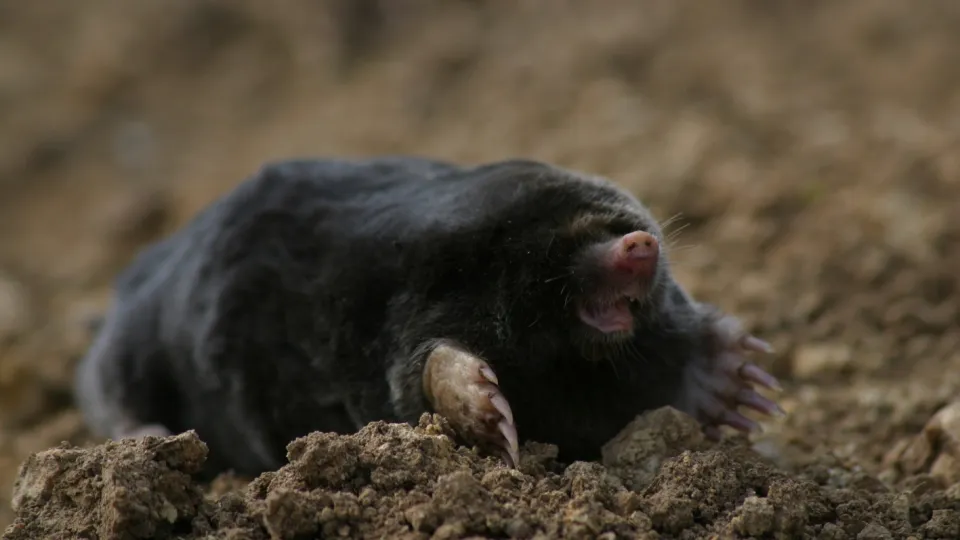
This stocky, brown mammal spends its life burrowing underground with its spade-like paws, hunting for earthworms to eat.